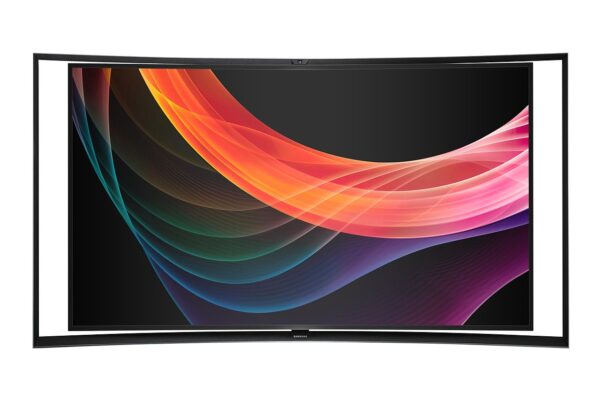What’s the Difference Between OLED and QLED?
The high-end consumer display market blends technological acronyms with technical-sounding marketing slogans which can make it difficult to differentiate one system from another. This is evident from the OLED vs QLED debate. Some media outlets compare the two primarily from a business perspective, whereby the main difference between OLED and QLED is that LG manufactures the former while Samsung makes the latter. This is reductive, though technically true.
This article will explore the functional differences between OLED and QLED and will aim to unravel marketing jargon from true technical acronyms.
What is QLED?
The term QLED stands for quantum light-emitting diode; a display panel technology that uses inorganic nanoscale emitters known as quantum dots (QDs) to produce vibrant colours when stimulated by blue or white light. However, it is not the official name for QD-enhanced LED panel platforms. QLED is a marketing term primarily spearheaded by Samsung, but which has also been adopted by Chinese TV manufacturer TCL.
Thus, it could be said that the difference between OLED and QLED is that one is an actual display technology, and the other is a marketing slogan. Hence comparisons often look to compare the difference between OLEDs and QDTVs, or QD-LED TVs, and so on.

Source: Samsung Belgium
However, if we take the terminology at face-value to mean “QD-enhanced LED display”, then it is possible to summarise key differences between OLED and QLED panels.
OLED Vs. QLED
Currently, QLEDs are transmissive displays built on the same basic structure as liquid crystal displays (LCDs). They use a layer of nanocrystals to convert incoming blue light into red and/or green, requiring a lamellar stack comprised of a backlight, colour filters, polarizers, and so on. Using a backlight typically increases screen peak brightness at the cost of energy consumption, while the QD layer can produce exceptionally vivid colours which are difficult for other display technologies to compete with in terms of wide colour gamut (WCG) coverage. Often the discussion surrounding OLEDs and QLEDs is boiled down to colour versus contrast for this reason.
OLED Vs. LCD: What’s the Difference?
Unlike QLEDs, OLED panels are self-emissive. They use organic materials sandwiched in a thin film stack, which emit light when exposed to a voltage. Active control of each pixel enables the electroluminescence of these organic materials to be controlled in an extremely fine manner. Individual pixels can be switched on/off, which – coupled with the lack of crossover from a backlight – translates to technically infinite contrast ratios. This is one of the main advantages of OLED technology. The drawback to this is reduced peak brightness.
What is QD-OLED?
The debate about which is better, OLED or QLED, has been raging for some time, but a new development could make the answer somewhat irrelevant. Several tech giants have been actively researching a hybridized system which would join the best of QD-enhanced displays with the best of OLED panels. The QD-OLED is a proposed new system from Samsung and Sony, which – purportedly – uses a blue OLED panel with integrated red and green QDs to produce the best picture quality of any screen to date. The first QD-OLED displays were unveiled at CES 2020, where a 65-inch Samsung Electronics QD Display TV won an innovation award and was described as the “world’s first true RGB self-emitting Quantum Dot OLED display”.
Read More: What is a QD-OLED TV?
In conclusion, there are many differences between OLEDs and QLEDs, but the gap may close in the coming years as these two pillar technologies come together to become a new powerhouse in commercial displays.
Sources: